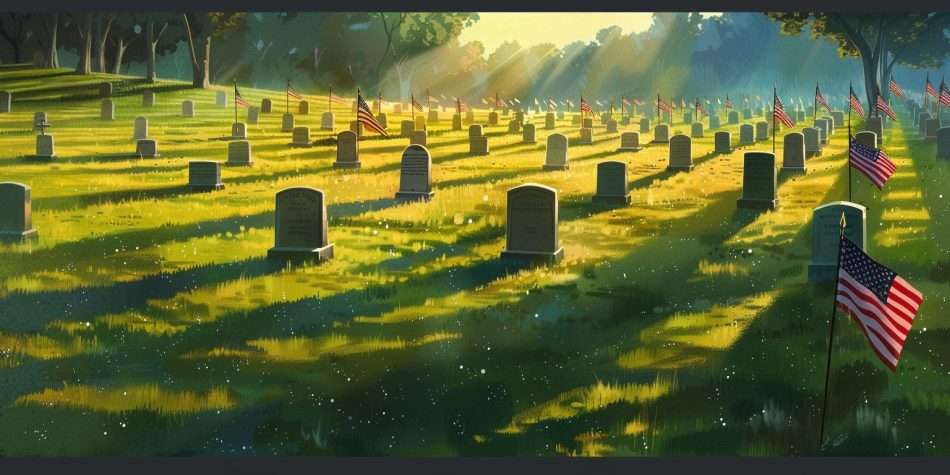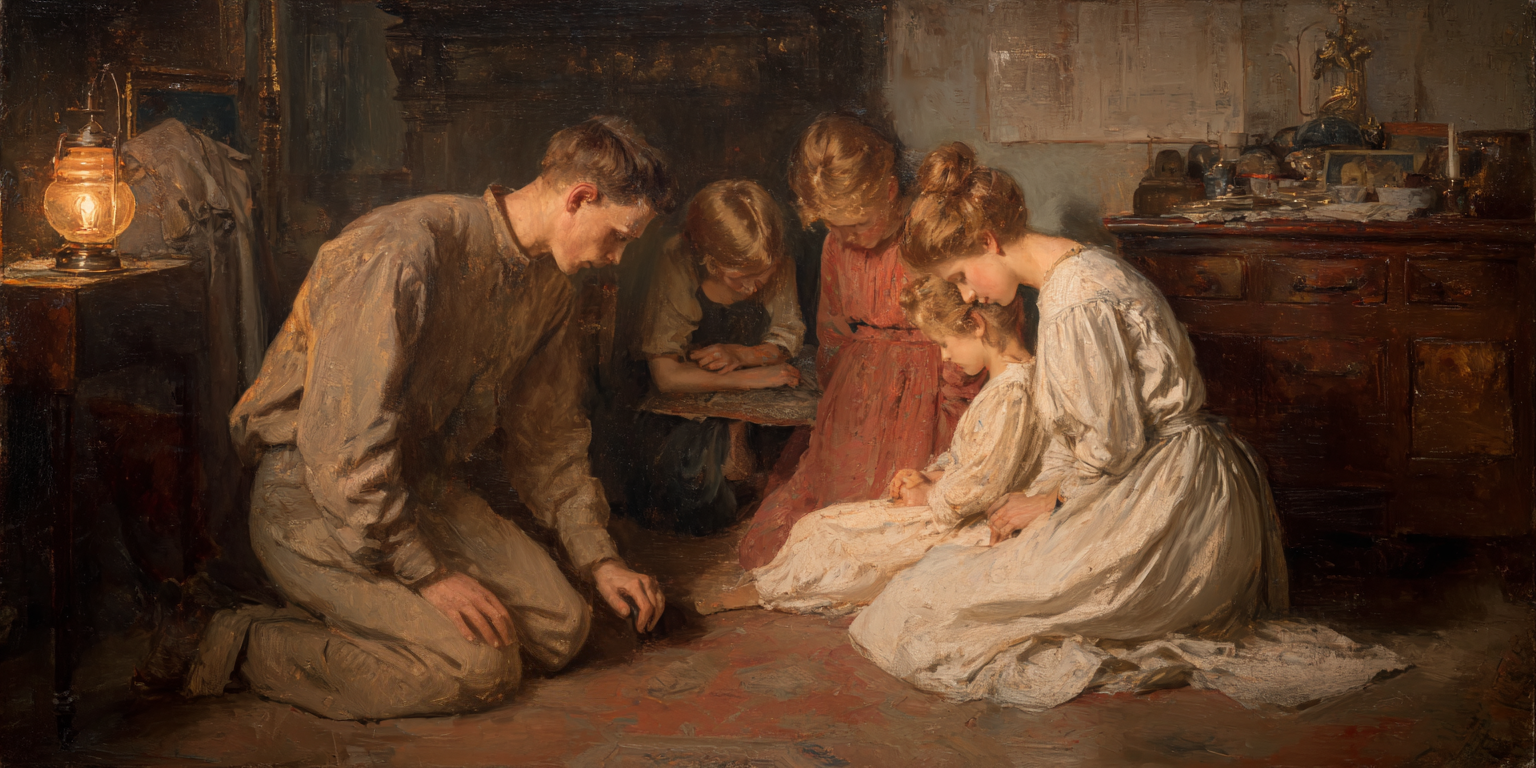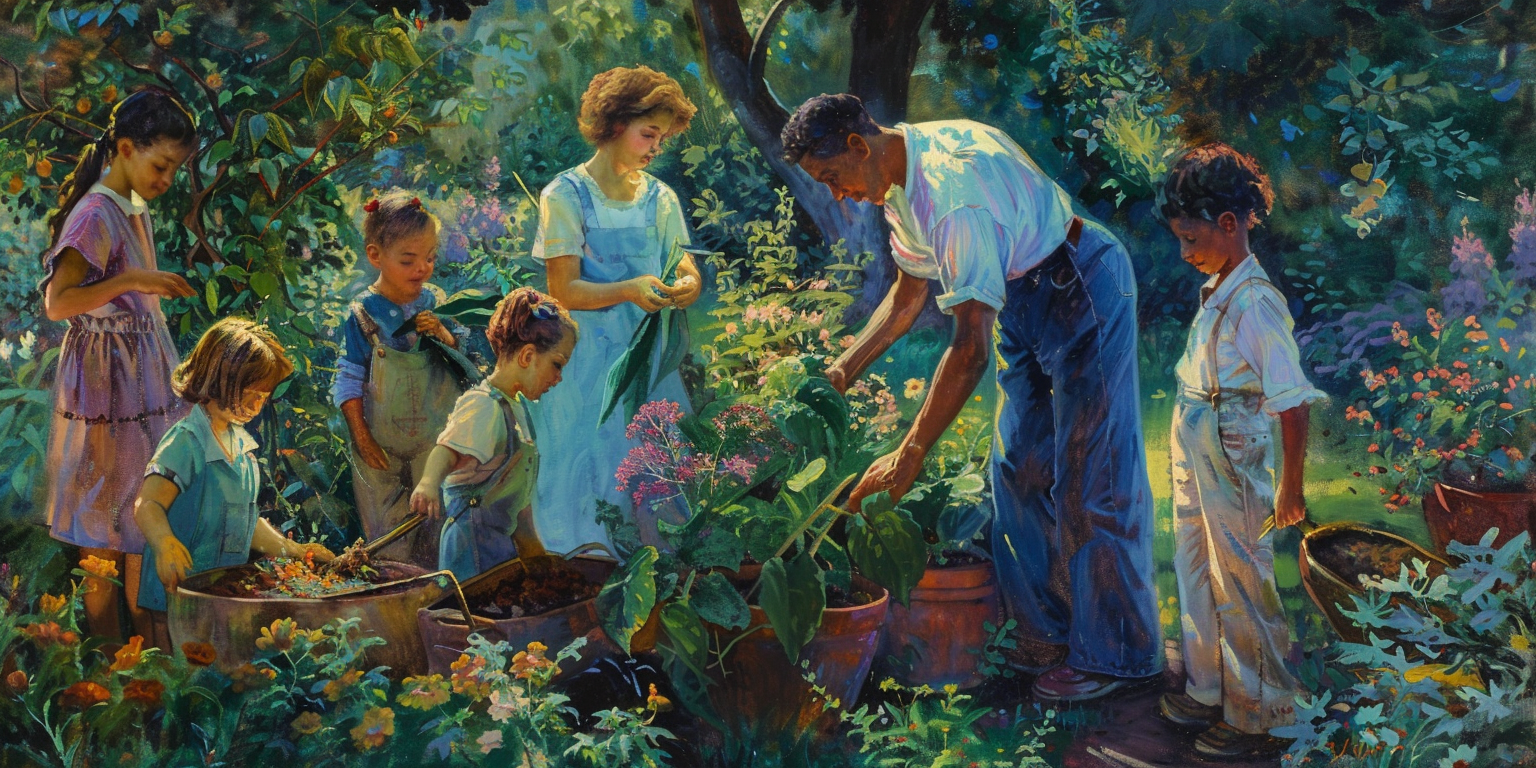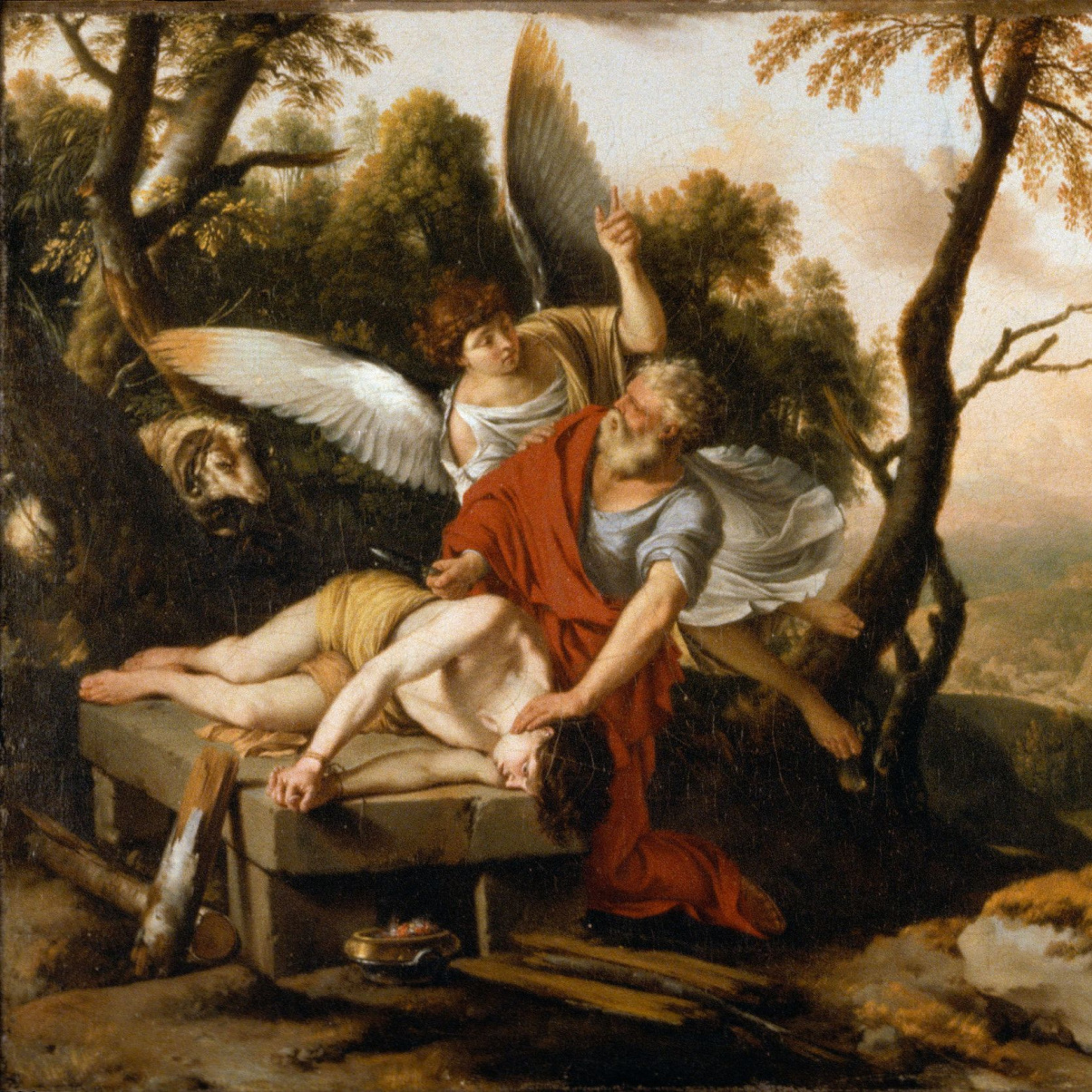As a child, I remember spending a good portion of Memorial Day in cemeteries—learning about the influence departed family members and military heroes had on my life. I must confess I did not always appreciate spending the day that way. As I have grown older, I have learned to better appreciate the wisdom of appropriately remembering the past and those who sacrificed so much so that we can enjoy our present freedoms.
Prior to the American Civil War, there were no national holidays of remembrance. Historians debate when and where the first local observances of memorial days began across the nation, but they generally agree that the first national celebration of Decoration Day (as Memorial Day was originally called) began on May 30, 1868. The idea of a national remembrance holiday was proposed and championed by the Grand Army of the Republic (GAR), a powerful Union veterans’ organization. The GAR’s 1868 General Order #11 declared that the “30th day of May 1868, is designated for the purpose of strewing with flowers, or otherwise decorating the graves of comrades who died in defense of their country during the late rebellion, and whose bodies now lie in almost every city, village, and hamlet churchyard in the land. … cherishing tenderly the memory of our heroic dead … Let no vandalism of avarice or neglect, no ravages of time, testify to the present or to the coming generations that we have forgotten as a people the cost of a free and undivided republic.” Memorial Day was celebrated on May 30 each year from 1868 to 1970 when it was redesignated as the last Monday in May. Public discourse today is unnecessarily contentious.
Inasmuch as the Grand Army of the Republic is about to commemorate the day [Decoration Day 1873], and decorate the graves of their fellow comrades, and it appearing that Brigham Young, the President of the Mormon Church, and other leaders of said church … have contributed certain sums of money to assist in defraying the expenses of such decoration, and it further being self-evident that said contributions were not made in good faith, but to subserve the ulterior sinister motives of said Brigham Young, and whereas the acceptance of said contributions would be an insult to the memory of our fellow comrades, Therefore it is Resolved, That the [GAR] General Committee be and are hereby ordered to refund to Brigham Young and all other Mormon leaders, all moneys contributed by them for the purpose.
An increasing portion of public discourse today is unnecessarily contentious—similar, in some ways, to that petty 1873 squabble in Salt Lake City over money freely donated to a worthy cause. We can do better—individually and collectively.
Let us recognize and honor the people who have dedicated their lives and, in many instances, sacrificed their lives for us. One of those people was Father Emil Kapaun, a Catholic priest from Pilsen, Kansas, who served as an American Army chaplain during World War II and the Korean War. On November 1–2, 1950, during the battle of Unsan, nearly 20,000 North Korean and Chinese Communist forces surrounded and attacked 800 Soldiers of the U.S. Third Battalion, Eighth Cavalry Regiment. Throughout the battle, “Kapaun moved fearlessly from foxhole to foxhole under direct enemy fire in order to provide comfort and reassurance to the outnumbered Soldiers. He repeatedly exposed himself to enemy fire to recover wounded men, dragging them to safety. When he couldn’t drag them, he dug shallow trenches to shield them from enemy fire. As Chinese forces closed in, Kapaun rejected several chances to escape, instead volunteering to stay behind and care for the wounded. He was taken as a prisoner of war by Chinese forces on Nov. 2, 1950.” We are each responsible to teach the rising generation.
Once inside the dismal prison camps, Kapaun risked his life by sneaking around the camp after dark, foraging for food, caring for the sick, and encouraging his fellow Soldiers to sustain their faith and their humanity. On at least one occasion, he was brutally punished for his disobedience, being forced to sit outside in subzero weather without any garments. When the Chinese instituted a mandatory re-education program, Kapaun patiently and politely rejected every theory put forth by the instructors. Later, Kapaun openly flouted his captors by conducting a sunrise service on Easter morning, 1951.
When Kapaun began to suffer from the physical toll of his captivity, the Chinese transferred him to a filthy, unheated hospital, where he died alone. As he was being carried to the hospital, he asked God’s forgiveness for his captors and made his fellow prisoners promise to keep their faith. Chaplain Kapaun died in captivity on May 23, 1951.
I would suggest that we would do well—not just on Memorial Day—to remember and respectfully honor Chaplain Kapaun and the more than one million men and women who have given their lives in American military service. Learning from their examples can help us better understand the great blessing it is to live in this country. We are each responsible to teach the rising generation and daily practice with each other the time-honored virtues of service, duty, respect, and civility.

















